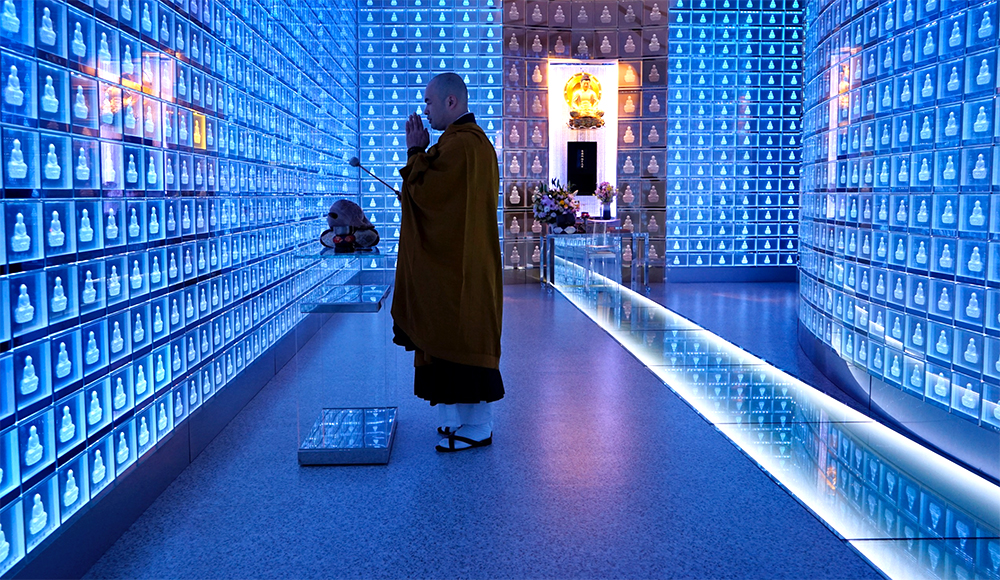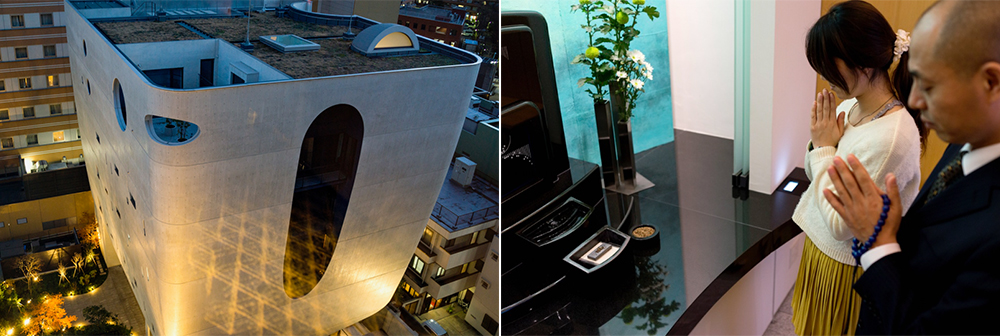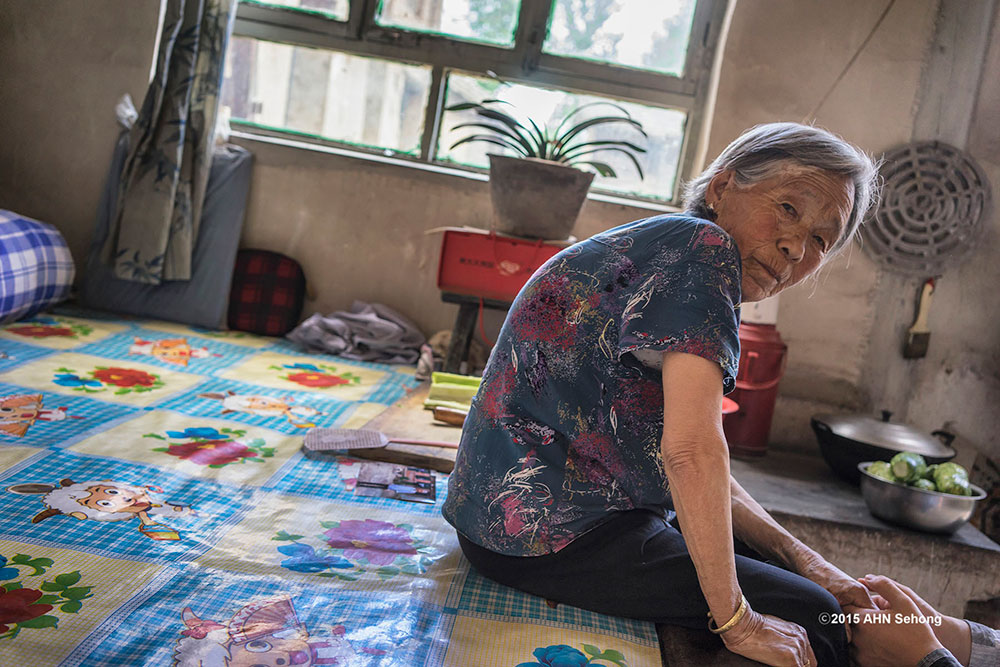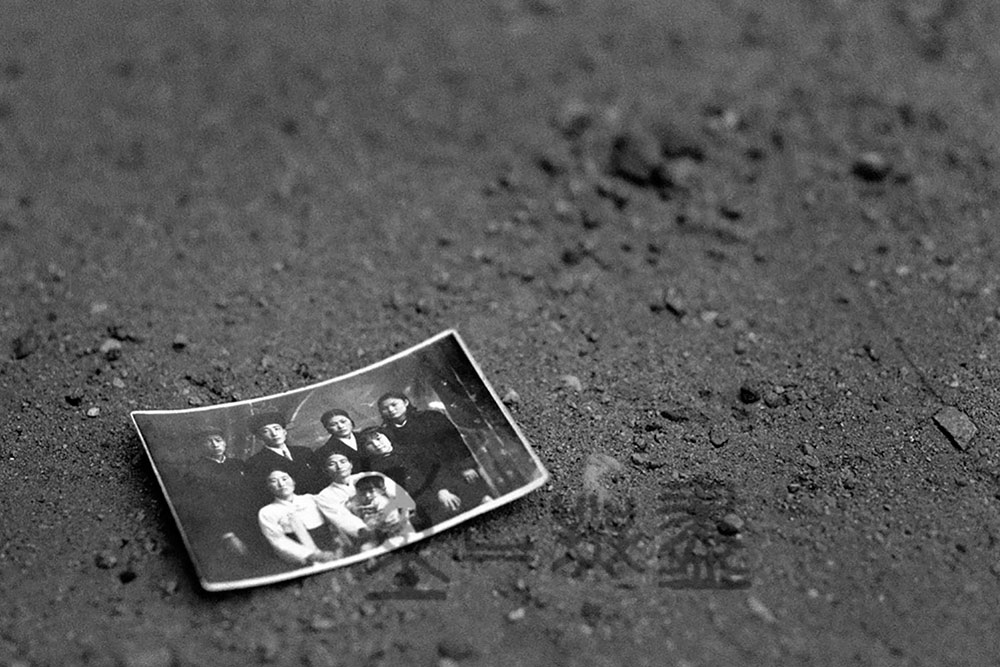
Land has become increasingly scarce in cities. In Tokyo, a plot of land at a traditional urban cemetery can be astronomically expensive, often reaching USD $100,000 in central areas. If one adds the purchase of the tomb and other associated costs the final price tag can be prohibitively expensive.
And the solution to this lack of final resting places? Japan’s new breed of hi-tech, urban, skyscraper cemeteries.

Clean, convenient, cost-effective and increasingly inclusive of differing religious beliefs — these cemeteries represent Japanese society’s evolving relationship with life, death, technology and the afterlife. Read more:
https://maptia.com/norikohayashi/stories/stairway-to-heaven
Japanese photojournalist with a focus on human rights issues and cultures in different parts of the world. I hope to connect people and stories in an intimate way through photographs.





